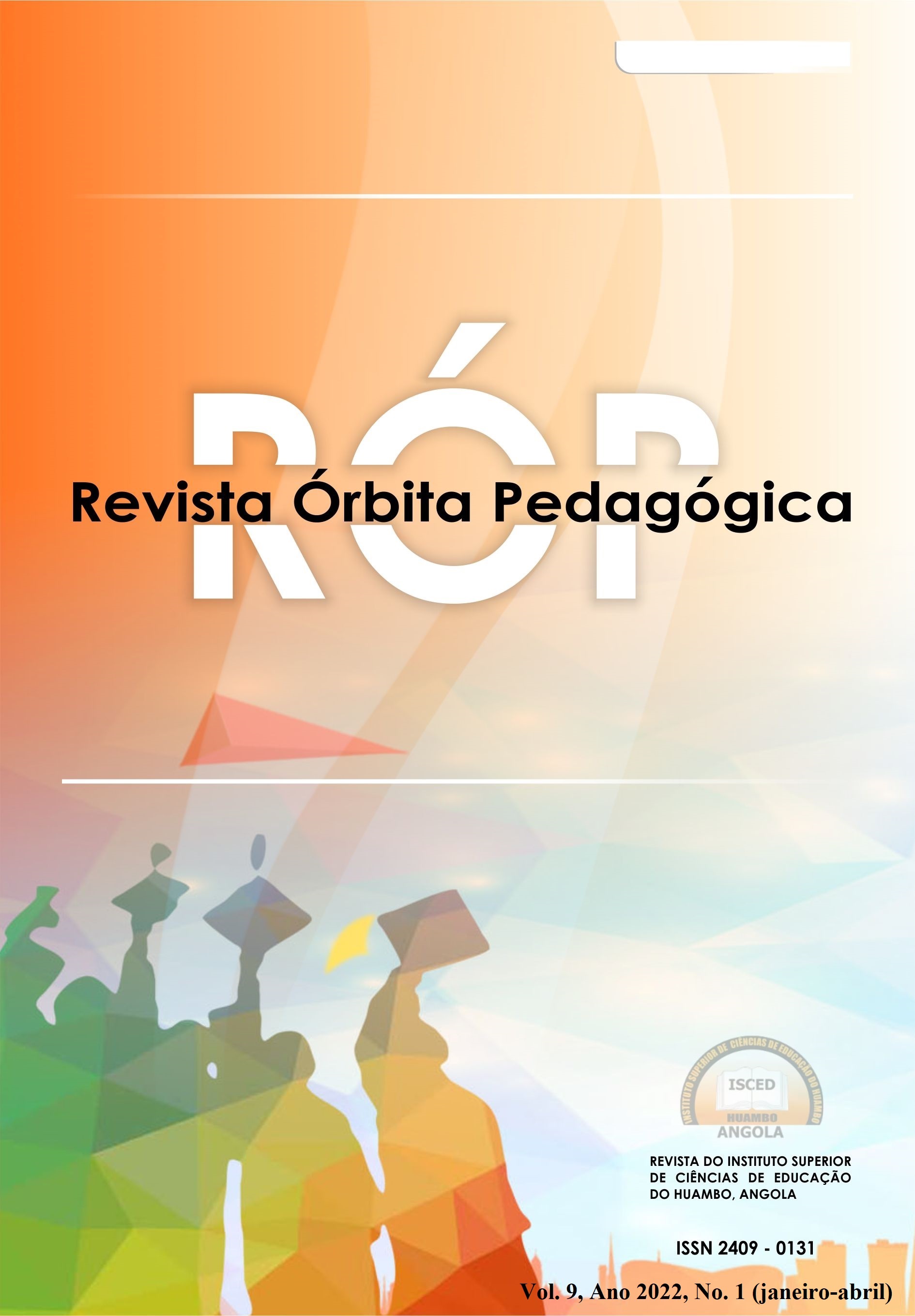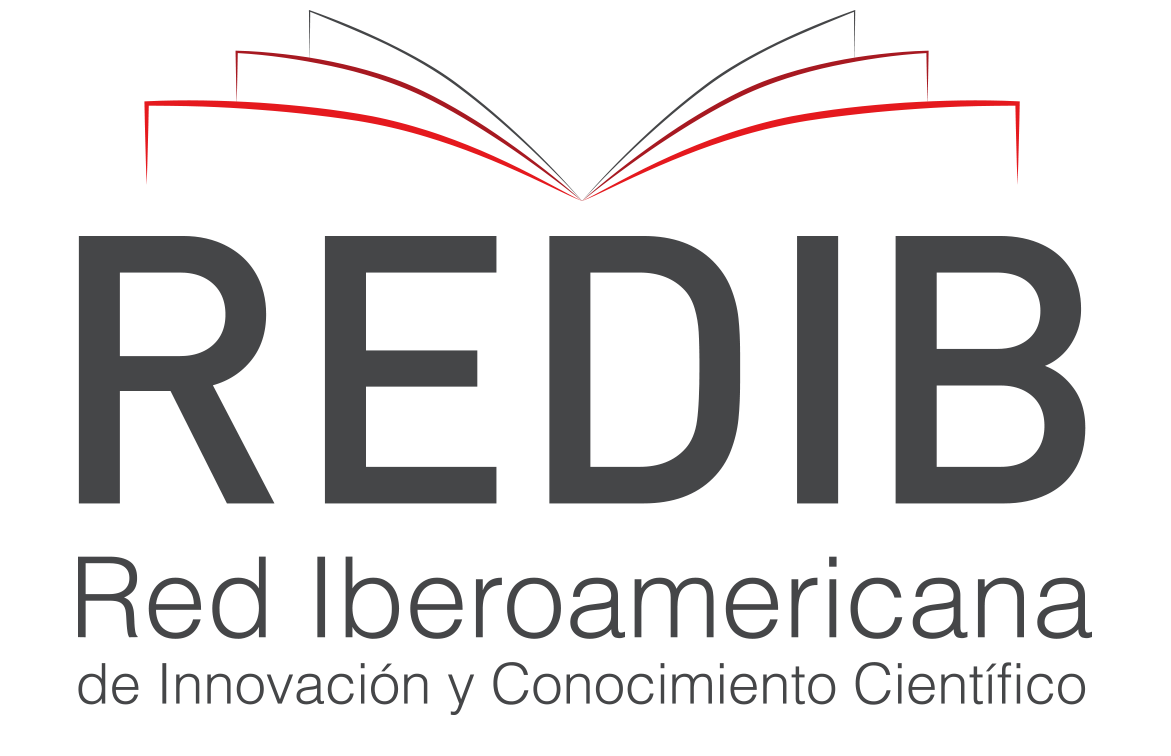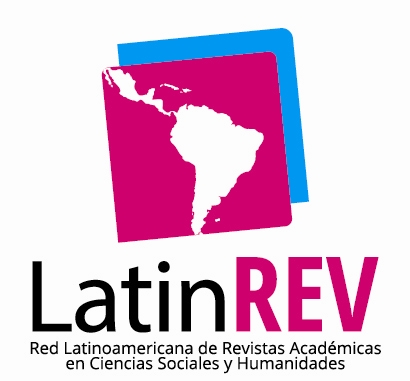Considerations of the hybrid modality in the Andes Technology Transfer Center, in Santo Domingo
Keywords:
hybrid modality; English learning; virtual learning environments.Abstract
The rise of hybrid learning is one of the most important stipulations in higher education during the COVID 19 pandemic. This has required changes in the learning of English with a more active and comprehensive direction for students and a better design by teachers that focuses on engaging, exciting and easy-to-use platforms. Thus, the objective of this work is to describe the considerations of students in the process of learning English as a second foreign language with the hybrid modality in the Technology Transfer Center. The research was carried out from a qualitative-quantitative and descriptive approach to the student reality. A survey was designed that was applied to the entire population of three levels (4th, 5th and 6th) because they were the ones who received English in the face-to-face and online modality. The results obtained indicate that the greatest difficulties are typical of online teaching: fatigue for hours in front of the computer, problems with the Internet connection, deconcentration due to noise in the places of the connection.
References
Brown, C. (2017). Advantages and disadvantages of distance learning. Tomado de https://www.eztalks.com/elearning/advantagesand-disadvantages-of-distance-learning.html
Čech, P., & Klímová, B. (2003). Kurz Teaching written business English (TWBE). In J. Sedláček (Ed.), Sborník příspěvků ze semináře a soutěže e-learning 2003, pp. 23-26. Hradec Králové: Gaudeamus
Erdogan B. and Zuhal O. (2020) Students' language learning preferences. https://www.researchgate.net/publication/292239674
Frydrychova, B. y Kacetla, J. (2014) Hybrid learning and its current role in the teaching of foreign languages. 4th World Conference On Educational Technology Researches. Procedia - Social and Behavioral Sciences 182 pages 477 – 481.
Harmer, J. (2012). Essential teacher knowledge. Core concepts in English language teaching. England: Pearson Education Limited
Hutt, M. (2017). Top 10 disadvantages of distance learning. Tomado de: https://www.eztalks.com/elearning/top10- disadvantages-of-distance-learning
Montiel-Chamorro, M (2018). Comparing Online English Language Learning and Face-to-Face English Language Learning at El Bosque University in Colombia. Theses and Dissertations. Virginia Commonwealth University.
Sorden, S. (2012). Emerging trends in foreign language teaching with information and communication technologies. Tomado de: http://www.slideshare.net/ssorden/emerging-trends-in-foreign-language-teaching-with-ict.
Sutisna, E. & Vonti, L. H. (2020). Innovation development strategy for hybrid learning based English teaching and learning. English Review: Journal of English Education, 9(1), 103-114.
T. Muthuprasad, S. Aiswarya, K.S. Aditya, Girish K. Jha Vesela, K. (2021). Teaching ESP in new environments. Nitra: ASPA. Social Sciences & Humanities Open 3, 100101.
Vesela, K. (2018) Sustainability of U Call. ICTE Journal, 7(2): 30-38.
Vesela, K. y Puschenreiterová, J. (2019) Lms Moodle Benefits Reflected By Students’ Performance In Blended Learning Course. ICTE Journal, 8(2): 13-21
Downloads
Published
How to Cite
Issue
Section
License
Copyright (c) 2022 Nemis García Arias, Ned Quevedo Arnaiz, Luis Mora Paredes

This work is licensed under a Creative Commons Attribution-NonCommercial-ShareAlike 4.0 International License.

















